Filter by
Publications (296)
RSS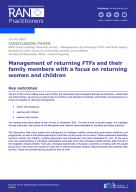
This conclusion paper will elaborate on the main highlights of the discussion, focusing on emerging issues and challenges in the work with returning women, children and along the prison-exit continuum.
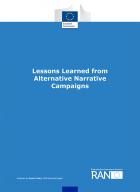
The aim of this paper is to take stock of the work on alternative narrative campaigns by the Radicalisation Awareness Network (RAN) and others in recent years, noting new developments and considerations that need to be taken into account, before presenting concrete lessons learned...
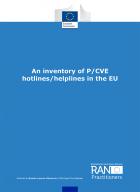
The paper looks into whether these services are provided by state or civil society actors, where the helpline/hotline services are geographically located and which areas they cover.

The paper will further explore which narratives and strategies are used by right-wing (RWE) and Islamist extremist (IE) actors to lure and recruit young women and girls to (violent) extremism.
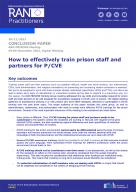
This paper outlines the highlights of the meeting and presents inspiring practices in the EU and beyond, followed by recommendations for what to consider when designing P/CVE trainings for prisons, both in terms of content and
delivery.

Religion and religious counselling can play a major role in offender rehabilitation and reintegration. The opportunity to practice one’s religion in prison and to have access to a representative of this religion is a human right allowed in prison.

This paper will first describe the main themes discussed during the meeting. In the second part, recommendations concerning lone actors and the use of needs and risk assessments are presented.

Online social systems, which are interwoven throughout the digitally savvy lives of children and young people, are not only spaces for games and memes. They are also arenas of social interaction and belonging.
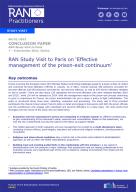
This paper summarises the main insights gained about the French policy on effectively managing the prison-exit continuum. It presents the approach in detail, highlighting inspiring practice as well as gaps and challenges that emerged during discussions.

While the presence of violent extremist and terrorist offenders (VETOs) in prison is not a new phenomenon, their numbers have been growing in recent years and are currently at a 20-year high of over 1 400 such detainees.
